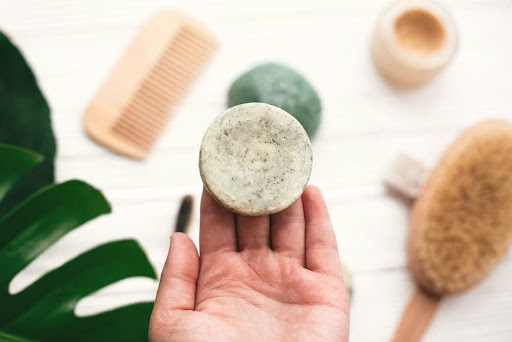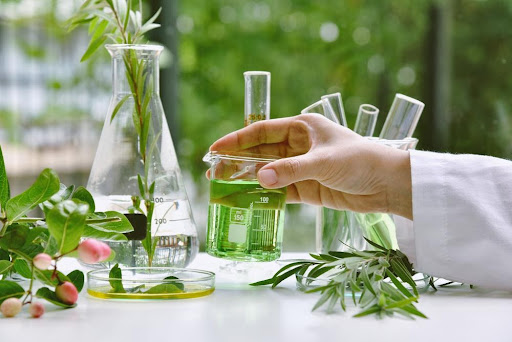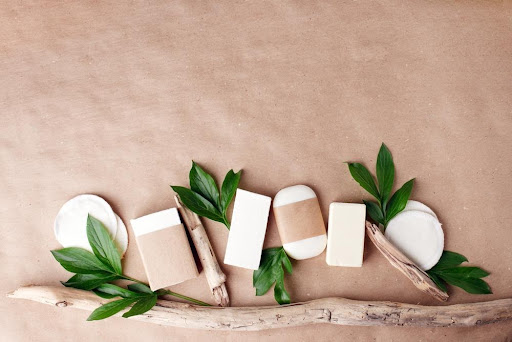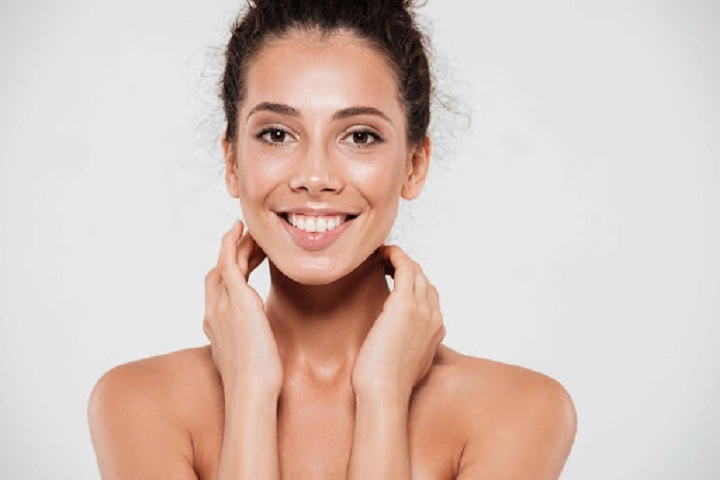If you’re like most modern consumers, you’re probably just as concerned about the planet as you are about your beauty routine. Unlike the beauty gurus who came before, we know that our products don’t just disappear into thin air once we wash them down the drain or toss them in the garbage can. Whether at the grocery store or via your beauty box, the products we adore can have a huge impact on our planet, and that’s a big deal for shoppers.
These days, beauty brands can no longer get away with simply creating cool products and having influencers promote them on social media. They also need to channel their energy into making products that are sustainable and ethical, or else they risk losing customers. One study even showed that one in three customers has stopped purchasing certain brands because of their stance on ethics or sustainability. The choice is clear for companies — go green or go home.
We all know money talks, right? That’s why so many of the big-name cosmetics companies have made shifts to more eco-friendly processes and why we’ve started to patronize more and more small-scale, eco-conscious makers. Whether it’s switching to vegan beauty products or buying more items made with low-waste packaging, supporting these efforts will help ensure that they stay in place for the future.
Here are a few of the most noteworthy ways the business is green-ifying their process.
1.Keeping Waste in Check: Packaging Revolution — We don’t want to stress you out, but suffice it to say that a huge chunk of consumer waste is derived from the beauty industry. Conservative estimates suggest that it generates about 120 billion units of packaging each year, much of which is made of slow-to-degrade, non-recyclable plastic. Here are some ways beauty brands are getting it in check:
-
- Refillable containers and ‘circular’ beauty products are gaining steam. These products encourage consumers to reuse product containers and then refill them with the actual product when they run out, lessening waste.
- Zero- and low-waste packaging, such as products designed without plastic. Some great examples include beauty bars instead of bottled body wash, dry shampoo in cardboard bottles instead of plastic or aerosol containers, etc.
- Plastic-free packaging is another popular solution to help eliminate the amount of plastic that winds up in landfills and oceans. Shower-friendly paper, cardboard, and plant-based plastic alternatives serve as popular stand-ins.

2.The Ethical Angle: Eliminating Animals — We probably don’t need to explain why this kind of testing is bad for the animals, but did you know that it’s bad for the planet, too? Studies show that animal testing facilities generate tons of waste in the form of irritants, corrosive substances, neurotoxins, carcinogens, biologically hazardous waste, plastics, toxic gases, and more. That means that switching to cruelty-free hair products or makeup can help lessen the impact on the planet. Non-vegan beauty products — such as those that use lanolin derived from sheep or glycerin derived from animal fats — also promote deforestation because they require large grazing fields for animals.
3.Down the Drain: Ocean-Friendly Ingredients — In 2015, the U.S. passed the Microbead-Free Waters Act, which prohibited the manufacturing, packaging, and distribution of rinse-off products — such as face wash and body scrub — that contain plastic microbeads that are harmful to oceanic life. But that was just the tip of the iceberg. Companies are now taking even bigger steps to prevent harmful materials and chemicals from entering our waterways when we wash them down the drain. And that’s super important because many of these chemicals are harmful to the plants and animals that live in our waterways as well as the water we drink and use to water crops.
4.Ingredients Blacklist: Avoiding Air-Polluting Chemicals — In addition to ingredients that pollute our waterways and harm marine life, the industry is making strides to identify and eliminate harsh chemicals and toxins that contribute to air pollution. Volatile organic compounds (VOCs) are common in many hair and skin products. When worn, they evaporate into the air and form ozone, the toxic gas that is a major pollutant in the lower atmosphere. Some common VOCs found in skincare and beauty products include formaldehyde, acetone, terpene, phthalates, polychlorinated biphenyls (PCB), and polybrominated biphenyl (PBB).
5.Natural Beauty: Swapping Out the Harsh for the Natural — Since beauty brands are feeling the pressure to get rid of the nasty, toxic chemicals they always relied on to produce their products, they now have to find safer alternatives. Luckily, many of these can be replaced with equally as effective solutions that come straight from the Earth. This, of course, makes them much less damaging when they return to the planet via the drain in your shower or the garbage truck. Not only are many brands prioritizing the use of the natural stuff, but they’re also calling for certified organic ingredients to further prevent the amount of harmful chemicals going back into the environment.

6. Fossil Fuel Redo: Renewable Energy in Manufacturing — While packaging and ingredients are a huge contributor to the sustainability problem in the beauty industry, the way these components are made may have an even bigger impact. Just like any other product, your favorite lip gloss or shampoo is made via a massive production process. These processes use tons of fossil fuels to source ingredients, fuel the factories, and ultimately deliver the product to the shelf at the store. As a result, one of the big ways companies are going green is by investing in cleaner manufacturing and transport, such as with solar- and wind-powered facilities.
As consumers, it’s our responsibility to encourage change by patronizing the sustainable brands putting the environment first. Whether by perusing your favorite vegan beauty blog or meticulously researching every ingredient in your stash of products, you can start by switching to brands that are committed to a greener future.






